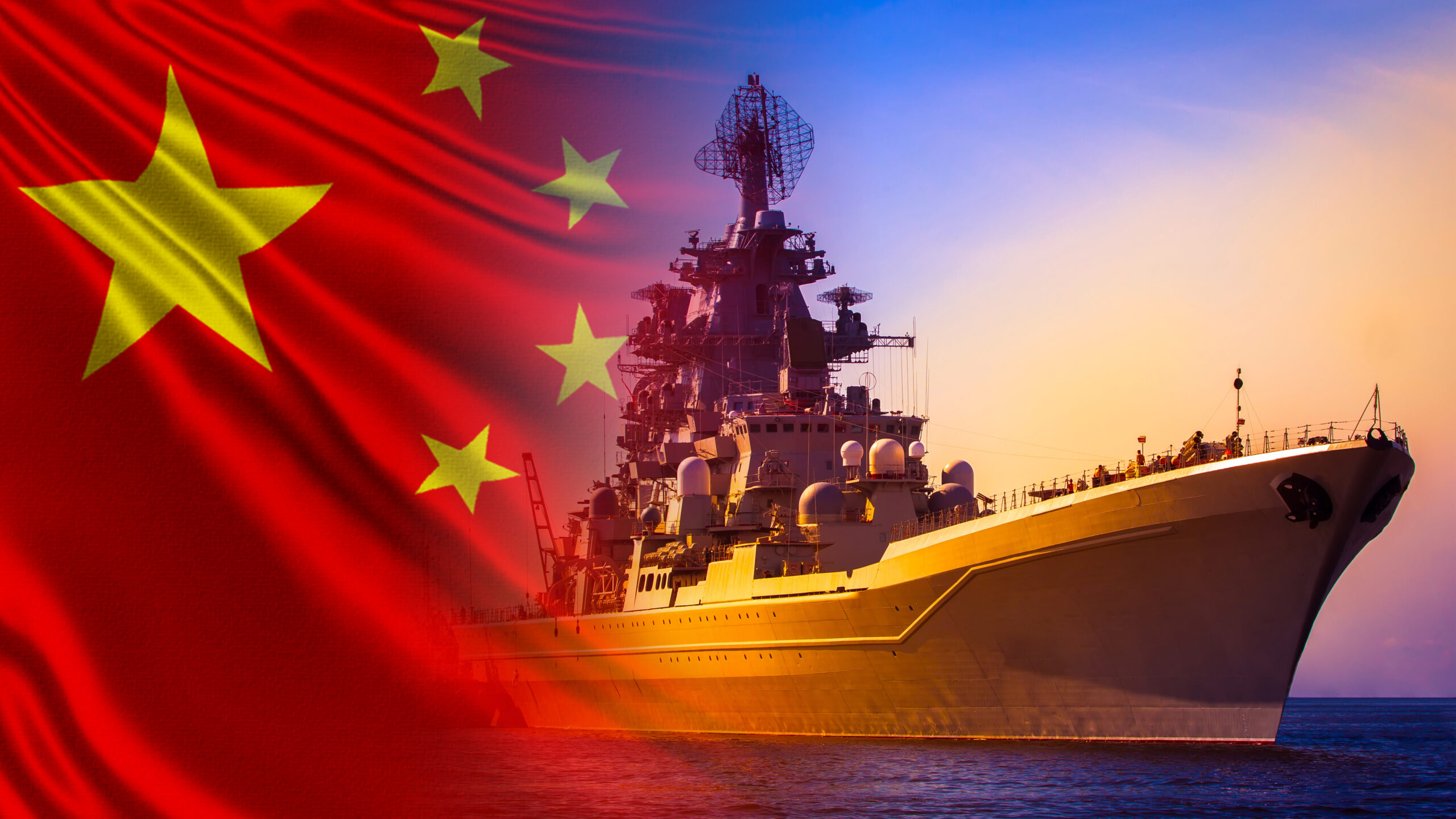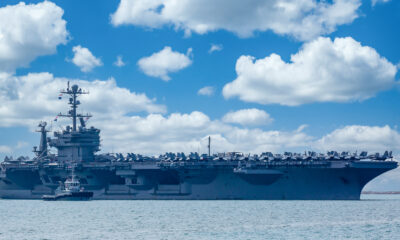US Naval Superiority In Jeopardy

For years, America has stood as a titan of maritime power, backed by a naval force that has safeguarded our interests on international waters. However, recent reports and analyses point to a significant threat to our nation’s naval superiority, primarily from a burgeoning Red China.
Red China, or the People’s Republic of China, has been pouring resources into its armed forces over the past few decades, transforming the People’s Liberation Army (PLA) into the largest military in the world. China’s aggressive approach in the Indo-Pacific region, as seen in the recent encounters between U.S. and Chinese naval vessels, indicates Beijing’s newfound confidence in its military prowess. Xi Jinping and the Chinese Communist Party seem to leverage America’s current naval challenges to amass power throughout the Indo-Pacific.
One can’t overlook the alarming rate at which China’s maritime fleet has grown. The Office of U.S. Naval Intelligence’s data indicates that China’s shipbuilders are over 200 times more efficient at producing surface warships and submarines than their U.S. counterparts. As a result, the People’s Liberation Army Navy (PLAN) has morphed into a highly modern force, boasting approximately 340 ships, overshadowing the U.S. fleet of about 300. This disparity is anticipated to widen further in the coming years.
Conversely, the U.S. shipbuilding industry has struggled with issues such as inconsistent budgeting, a lack of a long-term vision, and workforce deficiencies. Naval experts are sounding the alarm, warning that America’s status as a leading maritime power will continue to decline without addressing these issues.
However, it isn’t just the size of a naval fleet that determines its might. Other factors, such as overall capabilities and readiness, are just as crucial. As Brent Sadler, a senior research fellow for The Heritage Foundation’s Center for National Defense, says, “When you set two fleets, side by side, their missions are different.” The U.S. Navy is focused on “deep-ocean, away game,” which requires long-range strikes. Unfortunately, as Sadler points out, “We don’t have the capability where we need it against the China threat.”
Further compounding the issue is the ongoing recruitment crisis plaguing the U.S. Armed Forces. The deficit in manpower not only hampers our Navy’s ability to maintain and run its ships but also pushes sailors to work extra, leading to potential accidents.
This recruitment shortfall stems from many sources, including lower pay rates and physical eligibility to increased politicization and misguided policies. There’s a growing disconnect between our society and the military, reflected in a recent poll showing that only 38% of Americans consider patriotism important. This estrangement could hinder our response to emerging adversaries like Iran, China and Russia.
The situation warrants a critical reevaluation of our priorities. Our military is not a social experiment but a beacon of readiness and strength. The decay of our naval superiority and recruitment standards should serve as a wake-up call. If we do not pivot from social justice experiments and climate change doctrine back to readiness and lethality, the erosion of our naval power will indeed jeopardize our national security.
























